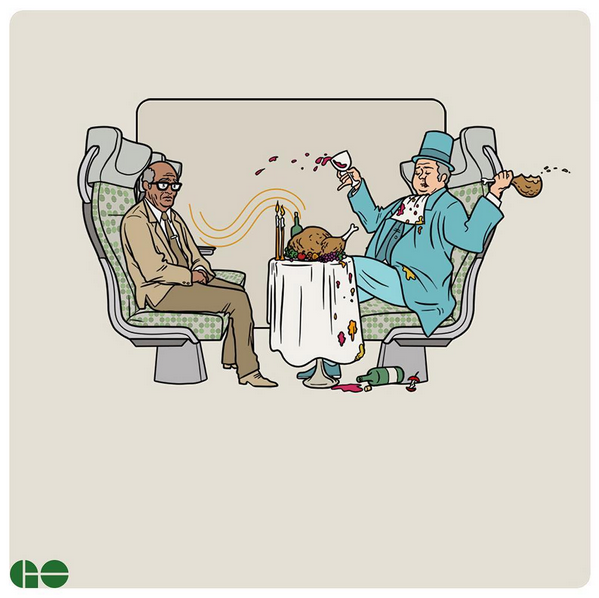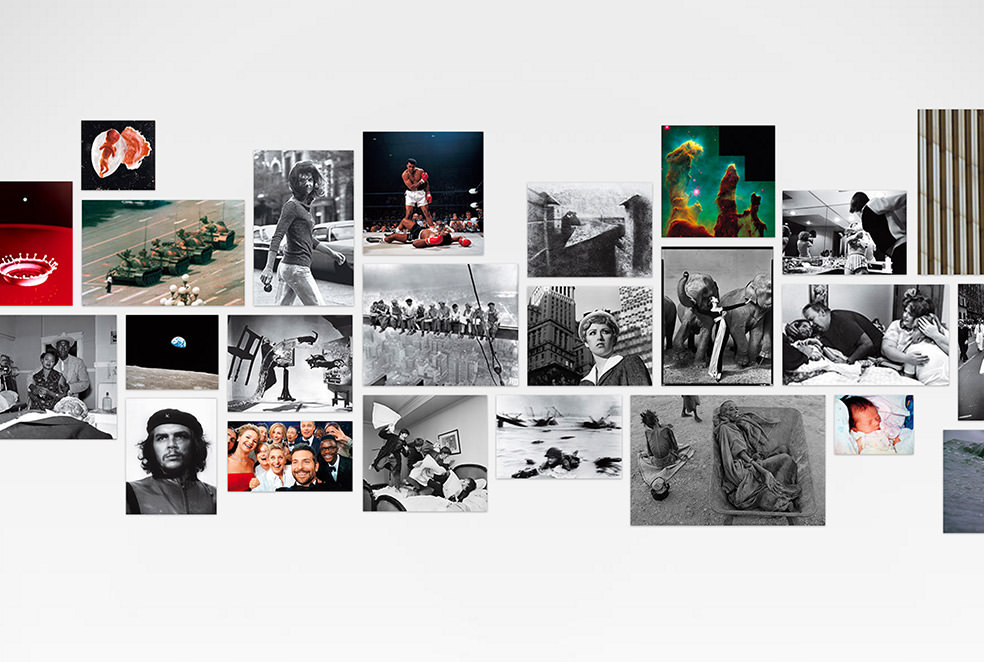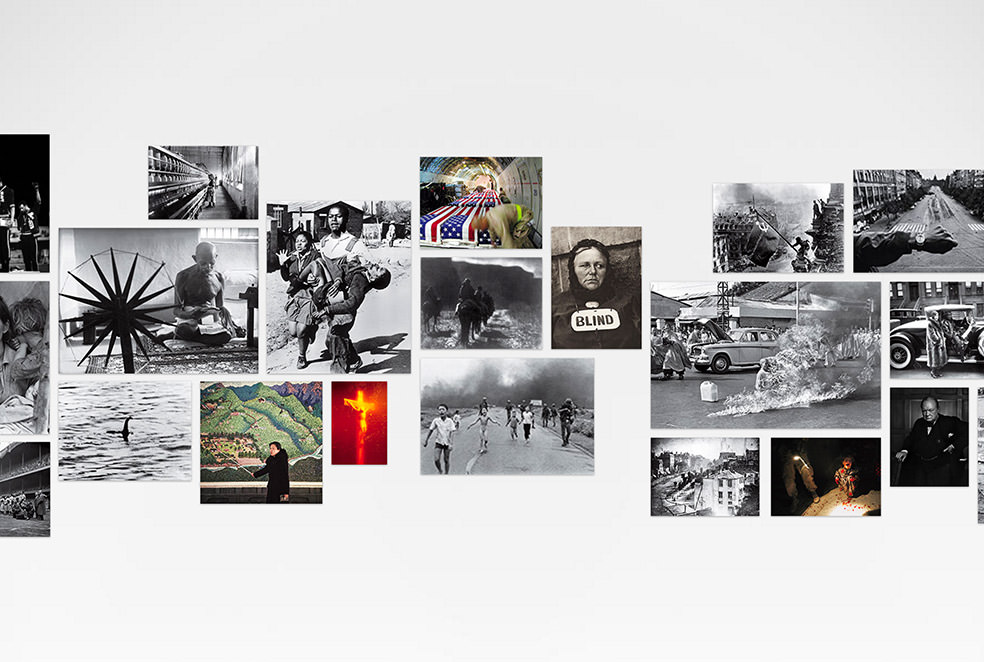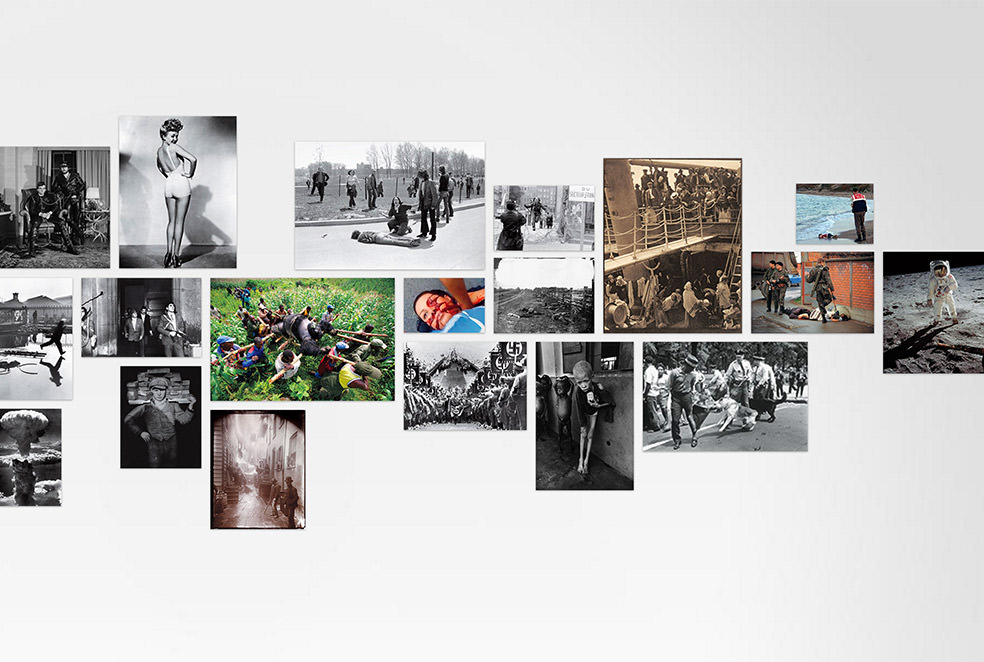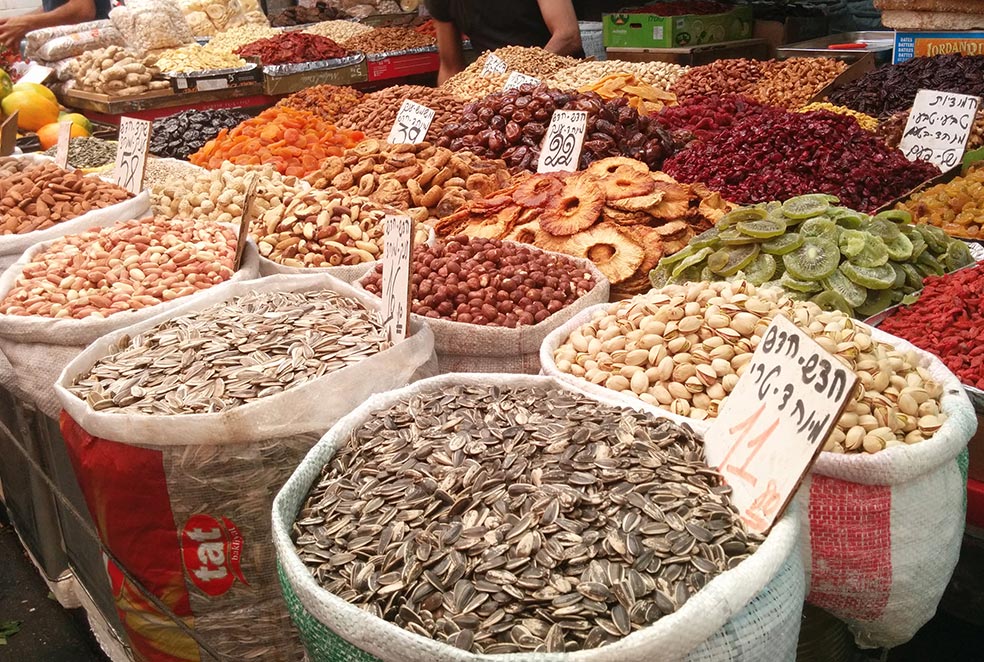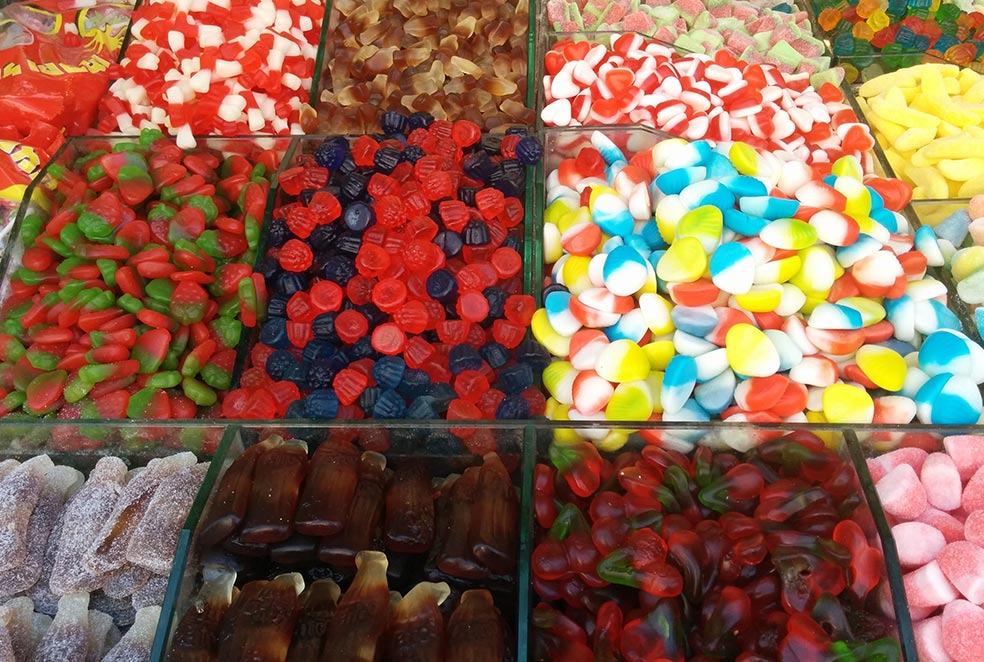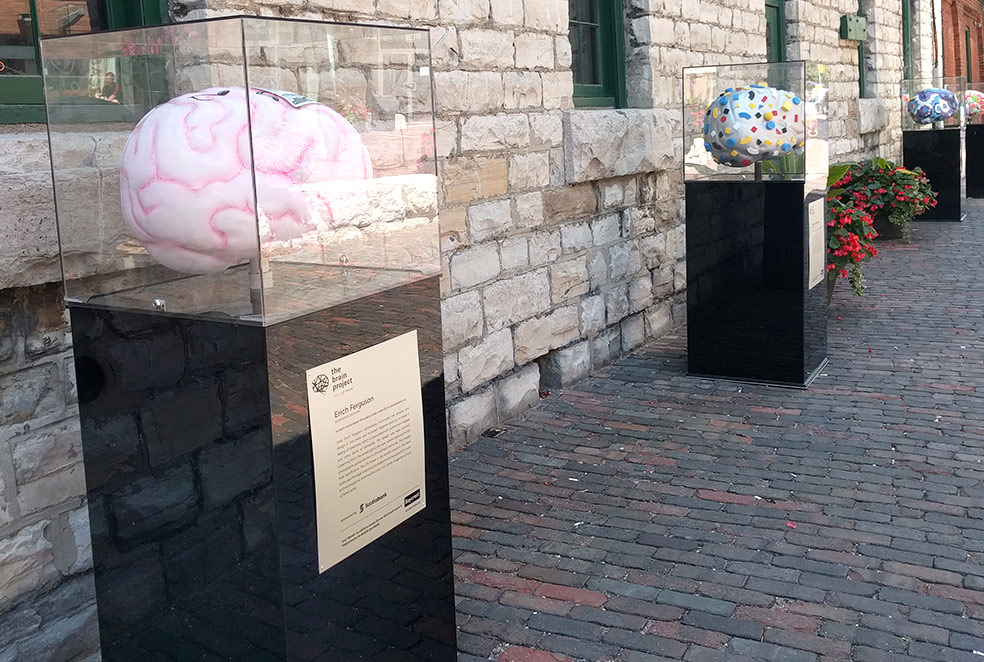Another Super Bowl weekend is upon us, and we’re making big plans for some serious snacking, last-minute research (“Hey Google! What’s an onside kick?”), and the yearly spectacle that is: ads.
Among the many high-budget spots and celeb endorsements are some of Snack’s favourites: the short masterpieces created by Squarespace.
They certainly meet the Super Bowl pre-requisites: beautiful cinematography, impressive set design, and featuring celebrities (Oscar the Grouch and John Malkovich in previous years!) who are both compelling and poignant; partnerships that seem unexpected, but still make perfect sense.
This year’s ad is no exception. Welcome to Winona is clever, quirky, and feels decidedly on-brand for its two starring roles: the actress Winona Ryder and the town of Winona, where she was born. Squarespace describes the ad as “a love letter to American small towns, shining a spotlight on communities that are sometimes overlooked.”
We love everything about the spot. It’s a smart partnership that feels true to the endorser’s persona, features interesting vignettes and uses effective storytelling – a great example of an ad that not only works, but is a joy to watch, too.
It's no wonder we chose Squarespace to power our site! ;)
Posted by Gabby







